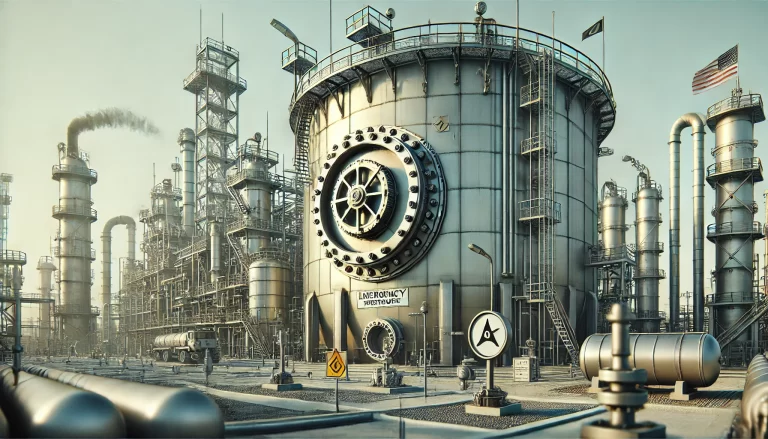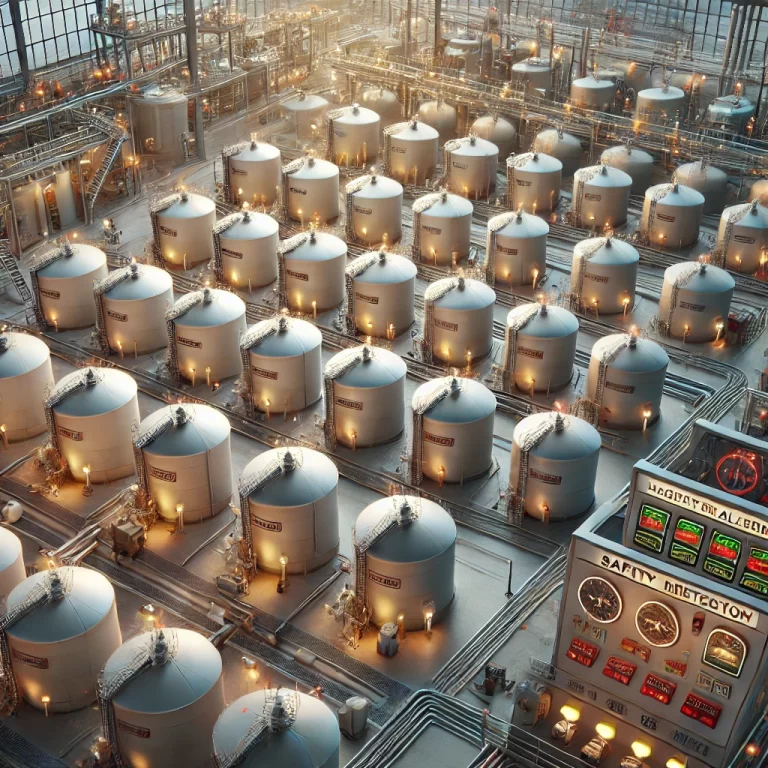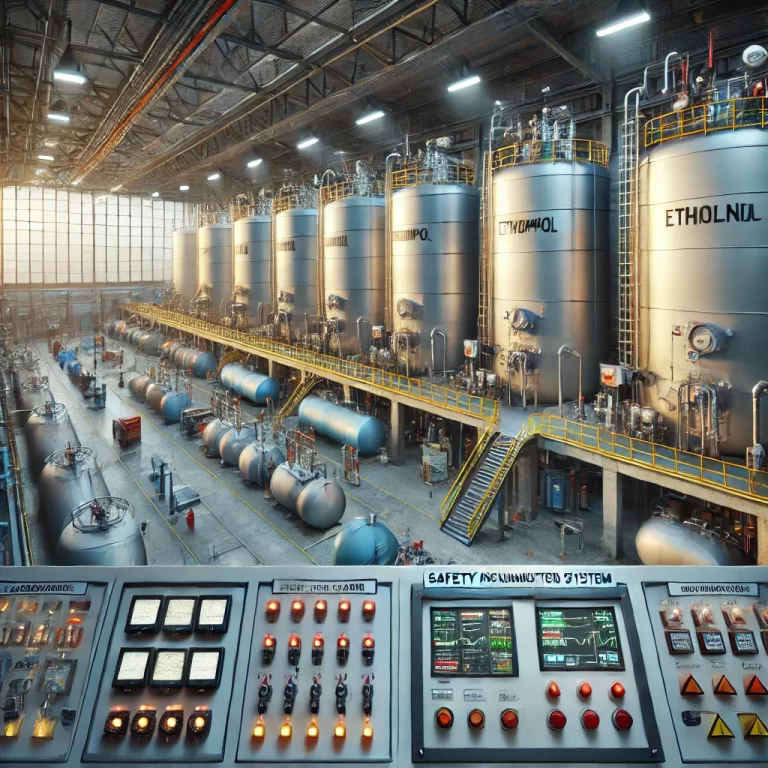In the petroleum and petrochemical industry, storage tanks are critical infrastructure for holding crude oil, refined products, and various liquid chemicals. Accurate tank measurement is vital to ensure fair trade, optimize inventory management, comply with regulations, and maintain safe operations. This article outlines the significance of tank calibration and inspection, the primary measurement methods, and key operational considerations.

1. Importance of Tank Calibration and Inspection
🔹 Basis for Trade Settlement
Petroleum trade transactions are typically settled based on volume or mass. Inaccurate tank measurements can lead to financial disputes or legal conflicts. Even small deviations can result in substantial economic losses over time.
🔹 Core of Inventory Management
Accurate tank data is essential for tracking stock levels and optimizing procurement, production, and sales strategies. Miscalculated inventories may cause shortages or overstocking, impacting operational efficiency.
🔹 Foundation for Safety Monitoring
Precise measurement of tank level, temperature, and other parameters is crucial to prevent incidents such as overfilling, leakage, or explosions. Calibration ensures instrumentation is functioning correctly, reducing operational risk.
🔹 Compliance and Environmental Requirements
Governments increasingly enforce stringent regulations on petroleum storage measurement. Enterprises must conduct regular calibration to meet national laws, such as the Metrology Law of the People’s Republic of China, and technical standards like JJG 266-2018 (Verification Regulation for Vertical Cylindrical Tanks).

2. Common Tank Measurement and Calibration Methods
① Geometric Measurement Method
This involves measuring the tank’s physical dimensions (diameter, height, wall thickness, etc.) and applying liquid head pressure corrections to produce a volume table. This method is ideal for new or recently overhauled tanks.
② Liquid Level–Volume Method
Uses level gauges (e.g., radar or servo level transmitters) to measure liquid height, which is then converted to volume using a pre-established calibration table. Periodic calibration of level transmitters is essential. Temperature and density corrections must also be considered.
③ Hydrostatic Pressure Method
Calculates liquid level and density using pressure sensors that measure the static head of the stored fluid. This is suitable for pressurized or sealed tanks but requires compensation for stratification and temperature gradients.
④ Online Smart Measurement Systems
With the advancement of automation, many plants now use Automated Tank Measurement Systems (ATMS) to monitor level, temperature, and density in real time. These systems enable remote calibration and diagnostics via integrated data platforms.

3. Key Considerations for Calibration and Inspection
Periodic and Standardized Testing:
Tanks should be calibrated at intervals not exceeding four years, following national or international procedures.Environmental Correction Factors:
Temperature changes can cause tank expansion or contraction. Thermal correction is necessary for accurate volume computation.Qualified Personnel:
Calibration work must be performed by certified metrology professionals to ensure regulatory compliance and data validity.

4. Conclusion
Tank calibration and measurement are foundational elements of refined management in the petrochemical sector. By combining conventional techniques with smart measurement technologies, enterprises can enhance accuracy, ensure regulatory compliance, and safeguard operational safety. Investing in personnel training and equipment maintenance is equally crucial to support reliable and efficient tank operations.
